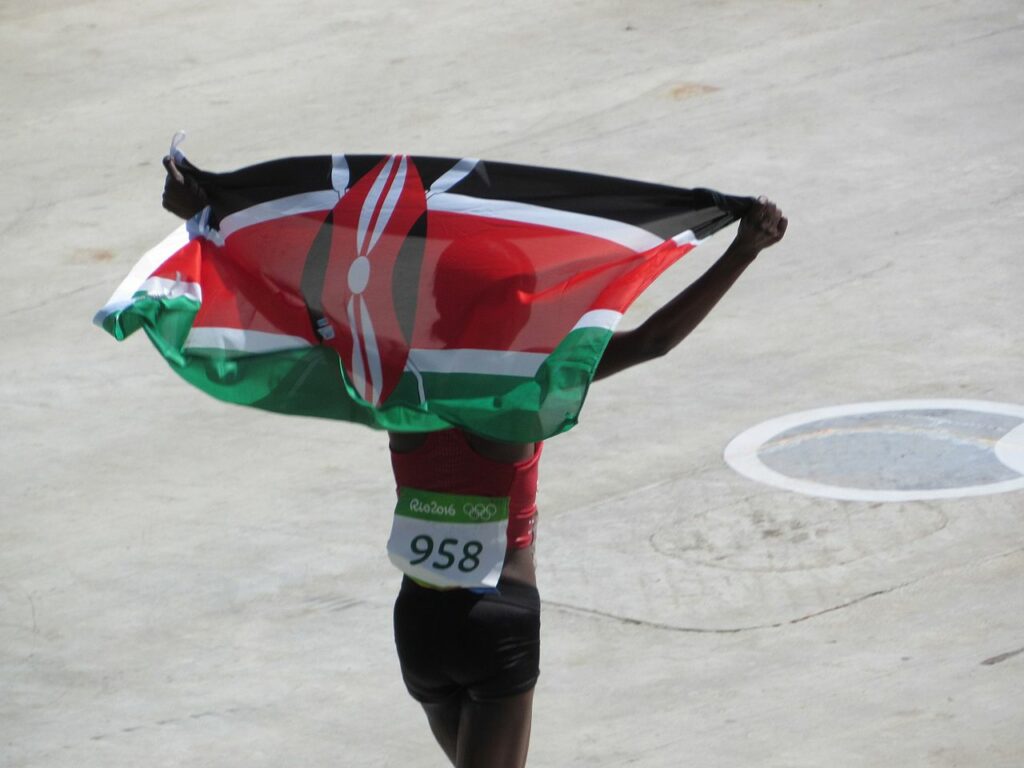Kenyan athletics faces doping cliff edge
James Davis looks ahead to what might happen at the 229th World Athletics Council meeting, as Kenyan athletics finds itself in a precarious position.

The World Athletics Council’s 229th meeting looms, and Kenyan athletes anxiously await the outcome.
In the past few months, Kenya has featured in more Athletics Integrity Unit (AIU) communiqués than any other nation, and a recent press release has highlighted the worrying increase in adverse analytical findings from the country.
Specifically of concern is an uptick in positives for triamcinolone acetonide, a steroid.
Since 2021, 10 of 12 positive tests for the substance worldwide have come from Kenyan athletes, and the rate of doping positives in the country has risen.
From 2017 to 2020, there were only three Kenyan samples featuring the drug.
Kenya finds itself in a difficult position, classified as a Category A country by the AIU due to having both a high risk of doping and a high level of performance among its athletes.
Despite having Ethiopia, Nigeria, and Ukraine, among others, for company, Kenya’s championship performance is far beyond that of its fellow Category A countries, historical long-distance dominance complimented by recent success in more varied events.
The recent trend of the African nation also leading the way in doping positives is significant.
Fifty-four Kenyan athletes feature on the most recent list of banned individuals from the AIU (over 10% of the global total), a tally only bettered by the vastly populous India and already banned Russia.
The incidence at the highest level is also problematic.
World Marathon Major winners Wilson Kipsang, Lawrence Cherono, Diana Kipyokei, and Jemima Sumgong are all currently serving suspensions, and three-time world champion Asbel Kiprop recently finished a four year ban.
Kenya’s Cabinet Secretary for sport has recently launched a charm offensive on Twitter, railing against doping and the “unethical criminal elements [soiling] Kenya’s hard-earned premium pedigree as a top athletics nation.”
https://twitter.com/AbabuNamwamba/status/1596394433099968512
This feels like too little, too late.
ADAK, Kenya’s anti-doping body, was established in 2016 amid whispers of a country-wide ban. To be in a similar situation six years on suggests lessons have not been learnt.
Whilst there is no suggestion of institutionalised doping in the style of Russia, failure to tackle the issue at its roots has aided the development of a murky ecosystem formed around the fringes of the international road racing scene.
https://twitter.com/AbabuNamwamba/status/1595670780100091904
Despite Kenya’s recent nomination for World Athletics’ Member Federation Award, the global governing body is distinctly less impressed with other goings-on, and actions taken in the coming days could shape the country’s athletic future well into the next Olympic cycle.
Last-minute diplomacy does not mitigate the limited options available to decision-makers, and further positive tests, a factor out of Kenyan sports administrators’ hands, will only limit them further.
The 229th World Athletics Council takes place on 29 and 30 November, with coverage here on the Sports Gazette.
Read next: Zero-covid claims another victim as Chinese Grand Prix cancelled